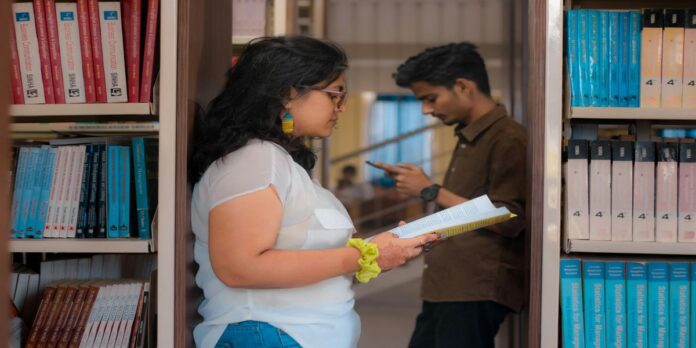When Australia Education Minister Jason Clare announced on August 27 his government’s plans to fix the intake of international students at 270,000 for the 2025 calendar year, prospective Indian students were expected to be the hardest hit.
This move was preceded by a slew of other visa restrictive measures, including doubling visa fees, which are supposedly aimed at ensuring “quality over quantity“.
The Australian cap on foreign students’ intake is the lowest in the last five years and marks a significant decrease from the 561,000 international students who commenced education in the country a year ago.
Indian students constitute the second largest cohort of international students to different universities in Australia, behind China.
The decline in visa approval rates and other restrictions facing Indian students keen to pursue college and university level education in Australia and similar countries like Canada and the United States reflects a complex interplay of domestic policy changes, economic factors and geopolitical dynamics.
This shift represents a significant departure from the more open approach these nations once took toward international student mobility, particularly those students from developing countries such as India.
India’s education training in English and an abysmal higher education landscape at home contributed to this trend over the last few decades.
While major reforms in India’s higher education sector are not expected to be ushered in anytime soon, students will continue to seek better prospects in countries other than Australia, the United States and Canada.
Domestic and international factors:
Interlinked domestic and international factors are behind policymakers’ decisions in the three countries to cut foreign student numbers.
In the US, stricter immigration controls and heightened scrutiny of visa applications which began during the Trump administration has been partly driven by concerns over national security and to protect jobs for American citizens.
Canada has also taken a more rigorous approach to screening student visa applications, driven by concerns over fraudulent submissions, the potential misuse of student visas as a backdoor to permanent residency and concerns over rising housing costs and shortages.
This policy change is part of a broader shift in Canada’s immigration strategy, which now emphasises attracting skilled immigrants over those on temporary visas, including students.
Australia’s compulsions stem from concerns over housing supply and maintaining stability in its job market and ensuring that international students do not contribute to an oversupply of workers in certain sectors.
The Australian crackdown on student visas has significantly impacted Indian students, with rejection rates sharply increasing over the past few years. The proposed cap is expected to inflict additional damage.
A recent analysis of visa trends shows that while the number of Indian students applying to study in Australia steadily rose from 2020 to 2023, visa rejections surged at an even faster pace.
Stricter visa rules implemented in 2023 disproportionately affected Indian students, leading to growing concerns about accessibility to international education.
This underscores both Australia’s effort to regulate migration amid rising demand and the challenge Indian students may face in securing visas despite meeting academic requirements.
One way out would be for Indian students to plan in advance and send out applications early and seek admission in public universities where competition will be intense even as the outcome, for them, would be “balanced and sustainable”.
Where to from here?
The tightening of visa regulations in Australia, the United States and Canada reflects broader domestic and economic concerns that have changed over time.
The process of obtaining a visa has grown increasingly difficult and selective, even though these countries still draw students from all over the world, especially India.
To navigate the changing environment of international education and maintain a balance between national interests and international intellectual interaction, it is imperative that policymakers across and within countries understand and address the fundamental forces driving these changes.
Restrictive immigration and related policies in the three countries will ease in a few years. Sooner rather than later, policymakers in these countries will feel the need to return to pre-2024 positions as their domestic economic conditions ease.
Until such time this happens, Indian government officials will have to work towards liberalising the options for students to seek education in other countries.
About authors: Professor Deepanshu Mohan is the Dean of IDEAS Office of Interdisciplinary Studies at O.P. Jindal Global University. He is also a visiting professor at the London School of Economics. Ankur Singh and Aryan Govindakrishnan are research analysts in the Centre for New Economic Studies at O.P. Jindal Global University.
Originally published under Creative Commons by 360info™.





